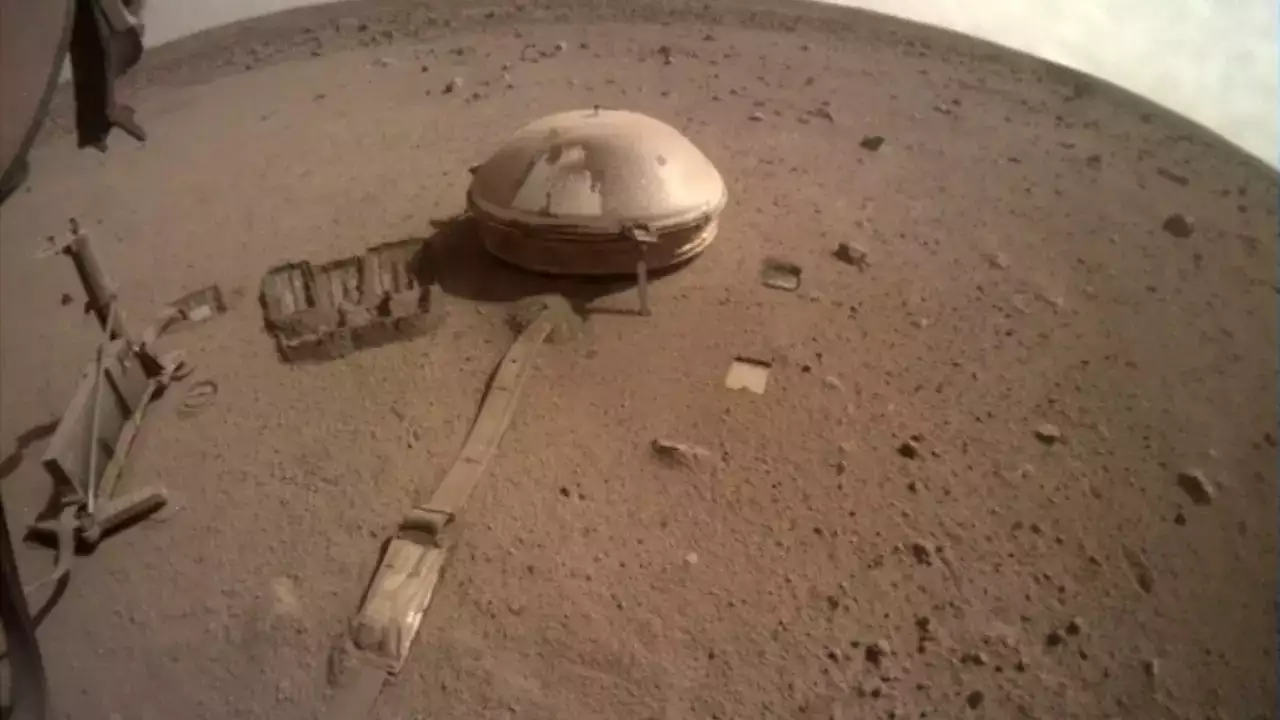The Mars InSight mission of NASA found that the equator of Mars has little to no ice. Based on seismic data obtained from the mission, the analysis was conducted. Geophysical Research Letters, a journal, published these findings.
What Was The Research?
According to the research, the top 300 meters of the subsurface beneath the landing site, close to the Martian equator, are dry. “We discover that Mars’ crust is permeable and frail. The sediments lack enough cementation.
Additionally, the pore spaces are not considerably or completely filled with ice” according to IANS’s citation of geophysicist Vashan Wright from the Scripps Institution of Oceanography at the University of California, San Diego.
Wright continued by saying that the results did not exclude the possibility that there may be ice grains or small balls that are not binding other minerals together. The geophysicist asked, “How likely is it that ice will exist in that form?
What Were The Observations?
According to the findings, the red planet may have once been covered in vast oceans of water. Many specialists even had the suspicion that a significant amount of water had mixed with the materials that go into making subsurface cement.
“When water comes into touch with rocks, it creates a new collection of minerals, like clay, and ceases to be a liquid. It is a component of the mineral framework
“Co-author Michael Manga of the University of California, Berkeley, was quoted by IANS as stating.
He stated that the rocks on Mars’ surface are devoid of cement. Wright claims that water can enter minerals that don’t serve as cement. However, Wright said, “the uncemented subsoil eliminates one opportunity to maintain a record of life or biological activity.”
Conclusion
Notably, cement binds sediments and rocks together. They are shielded from erosion by it. Due to a paucity of sediments that have been cemented, there is a water shortage 300 meters below InSight’s landing site near the equator.
According to Manga, there should still be frozen earth with aquifers underground at that latitude.In 2018, the InSight probe touched down on Elysium Planitia. Near the Martian equator, there is a smooth, flat plain called Elysium Planitia. A seismometer is on board the spaceship. It gauges the trembling brought on by marsquakes and meteorite collisions.
